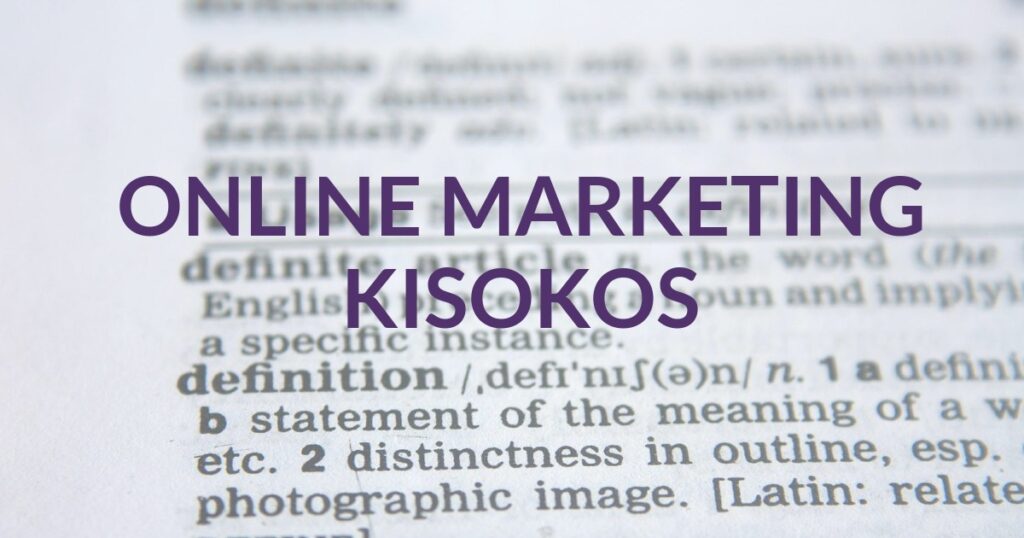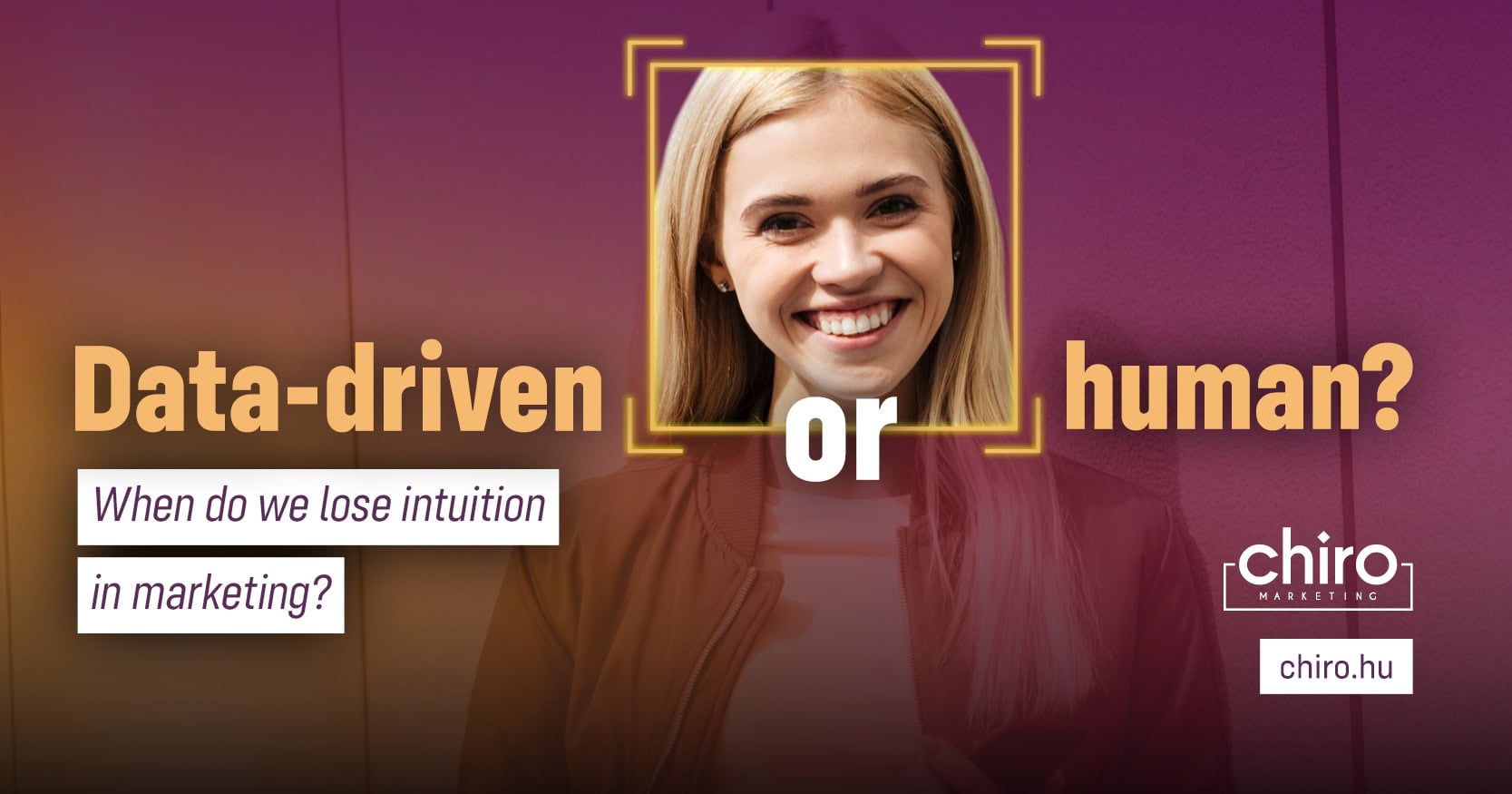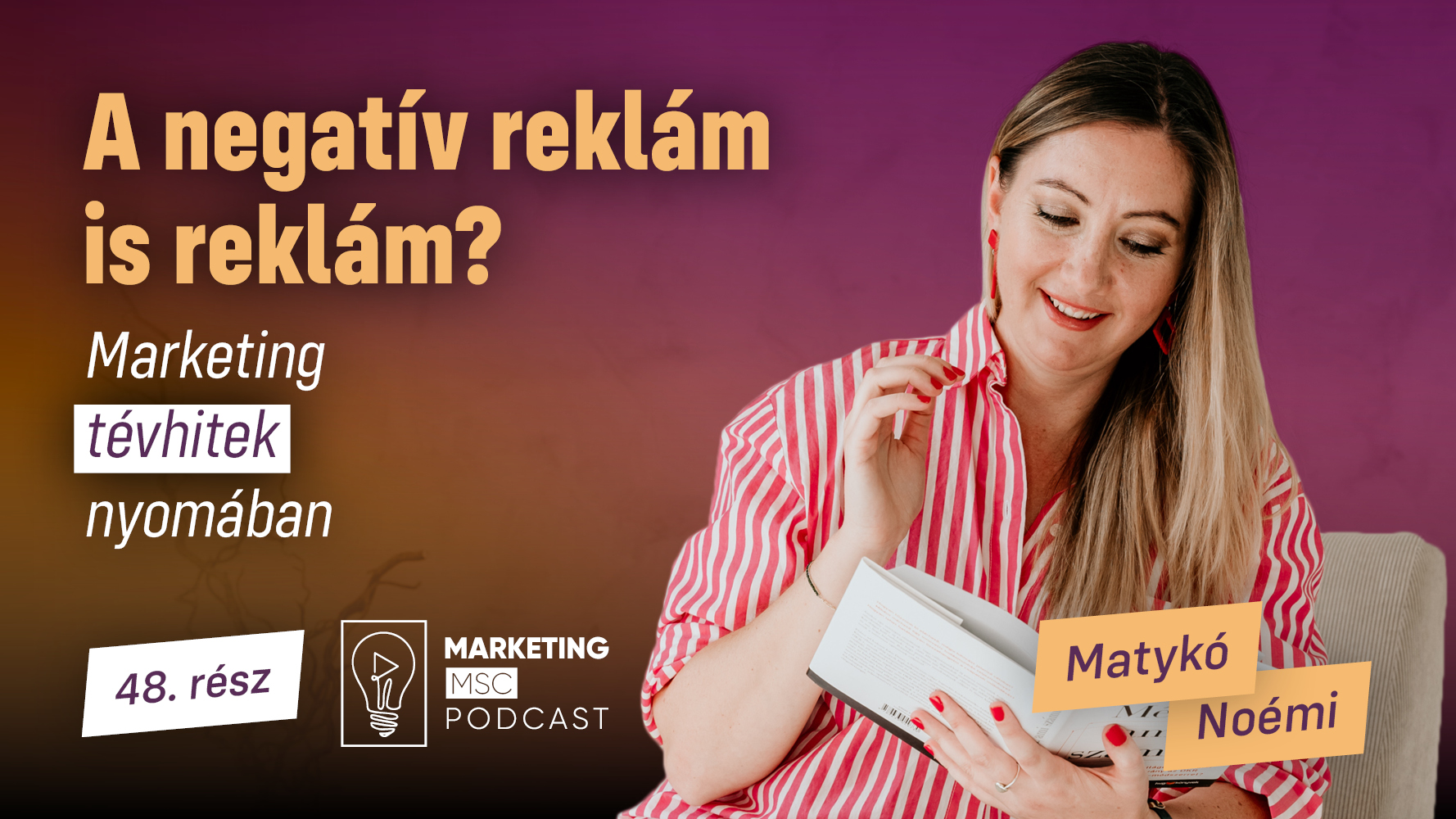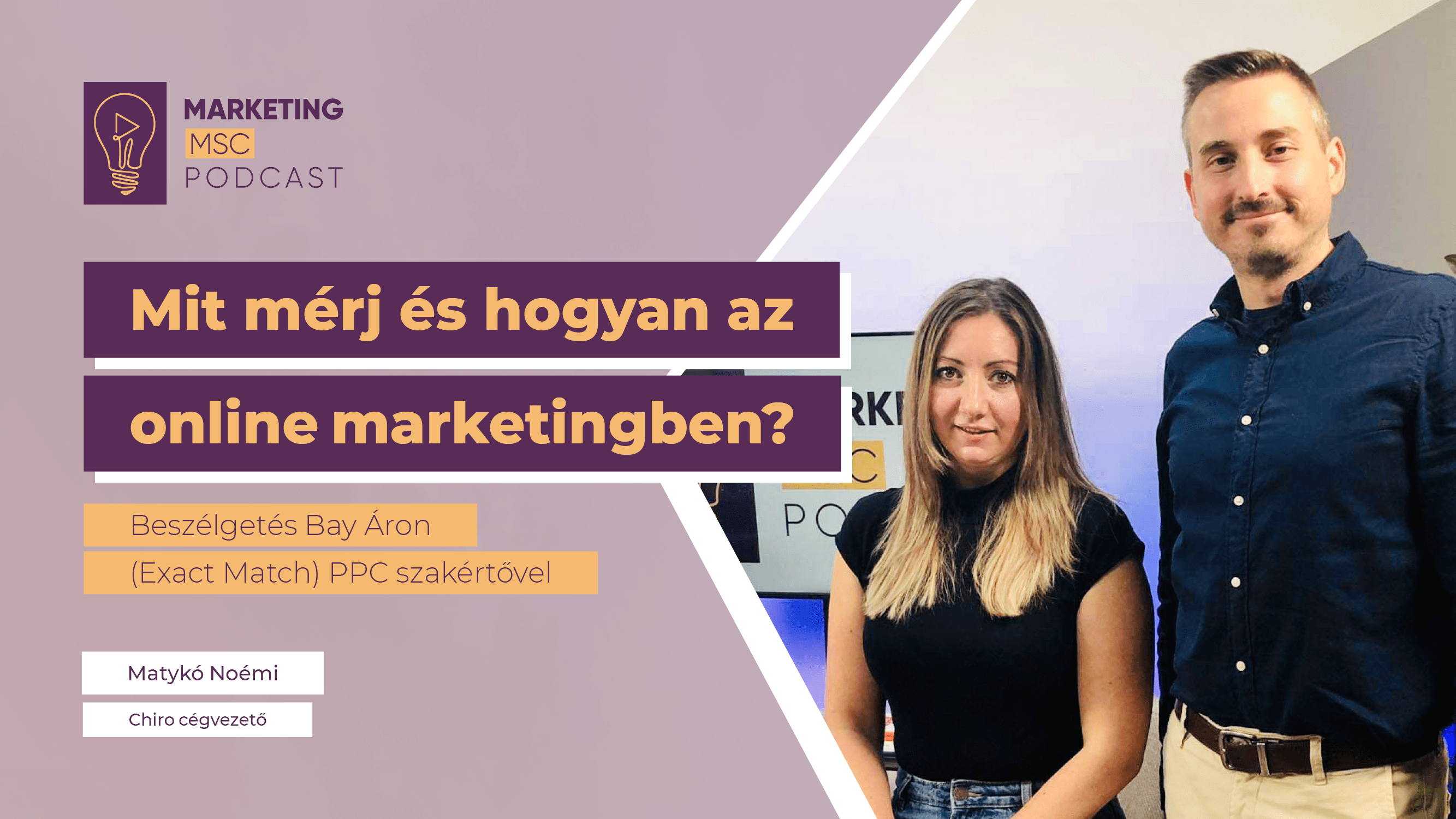Even if an online marketing agency does the lions’ share of the work for you. This way, you will be able to avoid fraudulent agencies more easily. And have a much better insight into the entire marketing process, which can also increase the efficiency of your company. Don’t be afraid of these abbreviations. Marketing agencies don’t use them to mystify their work or to confound you. This is simply how the industry has adopted these terms. Don’t worry, we’ll help you navigate the digital marketing agency landscape! So you can smooth out your company’s marketing activities like a true professional!
Let’s start with some terms that will help a lot in planning your marketing strategy and briefing the agency. Let’s start with some terms that will help you a lot in planning your online marketing strategy and briefing the agency.
General marketing terms
They are used not only by the online marketing agency, but in general by all marketing companies and professionals.
USP – Unique Selling Proposition – This will be the feature that makes your product or service unique, distinguishes it from other similar products and services. When planning a campaign, the online marketing agency will definitely ask about this. USP will help them position your product so that it can stand out from the advertising noise, and design your ads to work as effectively as possible.
Customer journey – This is the virtual path that your customers go through before making a purchase. It is important to have a thorough and accurate understanding of this! That helps plan your campaigns as accurately as possible. The goal is to know at which point in the decision-making process – for example, when they are still just interested, or already looking to buy – we should target them. And to chose on which platform and with what message. So that we turn them into first-time buyers and then into repeat buyers.

Buyer persona – customer profile. When planning your marketing strategy, it’s a good idea to set up your buyer personas. With common sense, think about who you give the most value to with your products and services. There is no such thing as something that is good for everyone. Be very specific: think about the main characteristics of your typical customer, and even better, ask them!

Segmentation – This is the grouping of your users according to certain characteristics. The essence of this is that you divide your potential customers into groups according to certain characteristics. Then, you’ll be able to target them with your ads and products in a more personalized and tailored way. The simplest method of grouping customers is by geographical, demographic, age, and gender breakdown. Because you may advertise a different product or message to a 25-year-old man from Budapest who is an intellectual than to a 65-year-old woman from Miskolc.
Evaluation of the online marketing agency
KPI – Key Performance Indicator – These are the main indicators of your performance. Later on, we will talk about the specific marketing campaign indicators, and KPI is the collective term for these. It includes all the data that shows the performance of your company or campaigns. When planning your marketing activities, it is worth setting up KPIs with the consideration of SMART goals. So that you can set relevant and achievable goals for your online marketing agency.
ROI – Return on Investment. This indicator illustrates how the cost invested in your campaign relates to the profit derived from it. With this, you will be able to track whether your marketing campaigns are yielding enough results in relation to the amount invested. To calculate ROI, you can use the following formula:
ROI: (Revenue – Costs related to sold products) / Costs related to sold products.
In order to accurately calculate and track your results, it is crucial to track conversions, which we will discuss later.
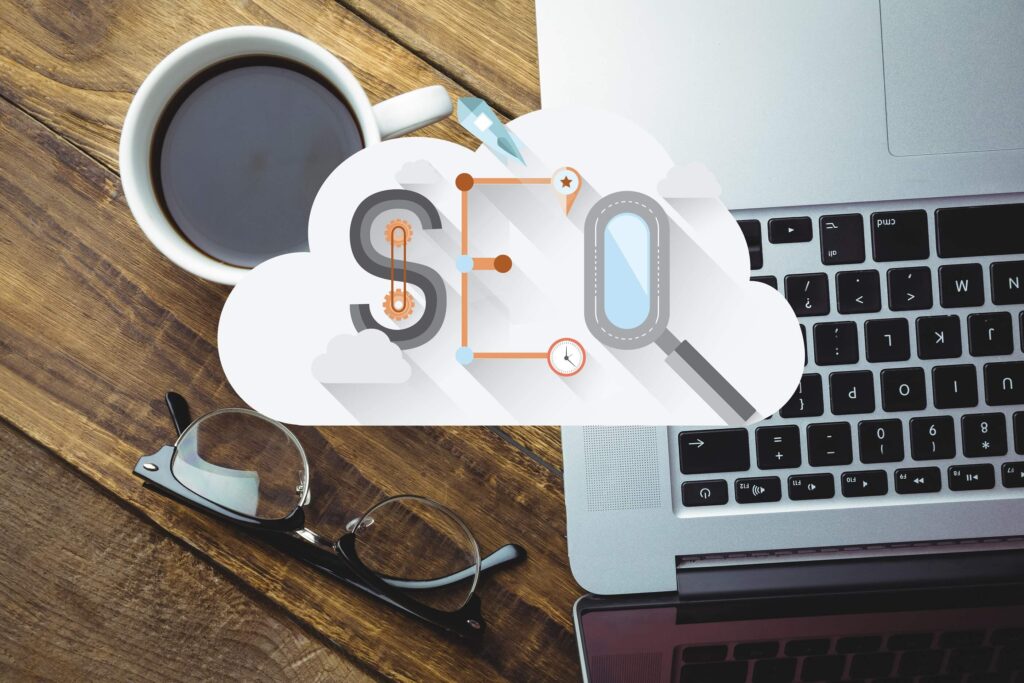
SEO, SEM, PPC
The SEO, SEM and PPC Three terms that are very close to each other. They are increasingly heard about in marketing agency parlance. Especially since Google has been continuously improving its algorithm to increasingly distinguish relevant content from irrelevant ones and fake news, and also to reward and penalize the content of your website. But what do the three terms have to do with each other?
- SEM – Search Engine Marketing or in short search marketing. This is a summary term that includes both search engine optimization and search advertising.
- SEO – Search Engine Optimization. The algorithms of search engines. They continuously scan the new content uploaded to the internet and select what to display to individual users when they search. The crawlers monitor the content and functions of your website, as well as its technical settings. Based on these criteria, they prepare an analysis of your site, and the result will determine the ranking of your website. For example, your site will achieve a worse ranking if browsers do not consider it secure because it lacks an SSL certificate, but with the increasing popularity of smartphones, they are also paying more attention to the mobile readability of websites.
- PPC – Pay per click campaigns. This is completely different from the previous one, as here it is not the performance or content of our website that will determine the position of our site, but how much we bid on the given search term. If set up correctly by your online marketing agency, PPC campaigns can generate a lot of traffic to your website in a short time, while SEO is a much longer-term but more cost-effective solution. It’s best to use both! In the following, let’s look at a few terms related to the website.
Website Data
Here are a few terms that arise during the online marketing agency’s website-related work.
Pageviews – This is the simplest indicator of your website’s traffic, meaning how many pages have been loaded from your website in total.

Session – This is a lower number than pageviews, as it shows how many visits have occurred on your website. If you click on two different pages within one visit, it will count as one session but two pageviews.
UV – unique visitor – the number of unique visitors who visited your website.
Landing page – the part of your website where a specific campaign will redirect to. It is very important to consider that the landing page will be the entry page for the visitor and they may not look at any other page, so all essential information should be included here, as it will determine whether the visitor will become a buyer or not. It is also important that your landing page is relevant to the campaign, as if you communicate a current promotion in your ad, while redirecting the visitor to your homepage, they will not understand why they are not reading about the promotion you advertised to them, and they will likely leave your website almost immediately.

Bounce rate – the percentage of visits to your website where only one page was viewed, and then the visitor exited. A high bounce rate may mean that visitors did not find what they were expecting on your site, or that your site is not user-friendly. However, there is no need to panic if you have a high bounce rate. If your website is a single page, or if all necessary information is available on the landing page, it is normal for visitors to end their session after viewing one page. If you are unsure if your website is performing well, trust a professional team to analyze it!
Campaign terms used by online marketing agencies
Display network – is the part of the Google advertising network where display ads are displayed. Basically it is part of the Google Display network. The Google Display Network includes approximately 2 million websites worldwide, and 90% of the world’s internet users can be reached through it. The Display network also includes YouTube and Gmail.
Search network –The Google search network, where you can place paid search ads. Paid ads appear above and below organic search results.
CT – click-through –the actual click. In the case of your advertising campaign, this number shows how many clicks have been made on your ads.

Impression – This shows how many times your ad has appeared in total.
CTR – click-through-rate – The click-through rate is calculated by dividing the above two numbers, which shows the effectiveness of your ad, i.e., the proportion of those who saw your ad and clicked on it.
Reach – For example, Facebook separately shows reach numbers alongside impressions. The difference between the two is that while impressions show the total number of ad appearances, reach shows the number of people reached. The impression number is typically higher because an ad can appear multiple times to one person.
More terms used by online marketing agencies
CPC – cost-per-click – the amount paid for each click in PPC campaigns.
AV – ad-view –Typically used in display campaigns, it means the same as impression, that is, the number of ad views.
UTM – Also known as UTM tag or UTM parameter. The essence of this is that you add your landing page URL with additional data, parameters, which will make it easier to track the campaign later. You will see exactly where the traffic to your landing page came from, e.g. Facebook post, newsletter, search ad, etc.
CTA – Call-to-action –This is our favorite! One of the most important elements of every campaign and landing page is the call to action. No matter how beautiful a creative or landing page you create, if it lacks the desired click-to-action, then it will not have any results. Call-to-action examples: sign up, click, read more, get it!

Conversion – This will be your favorite. Conversion will be the ultimate result of the campaign, which will be tangible for you. What result it will show – number of purchases, newsletter subscribers, e-book downloads, registrations, quote requests, etc. – will summarise the success of the campaign. However, in order to properly measure conversions, it is important that your campaigns and measurements are set up properly. It is worth entrusting this to a professional team!
A/B test –This testing method is mainly used for advertising creatives and texts, but depending on capacity, newsletters, landing pages can also be examined in this form. The A/B test is an experiment where you run two different versions in parallel and under the same conditions to determine which one performs better and which one you should use in the future.
If you get stuck with anything or simply want your campaigns to be in professional hands, then contact us!
